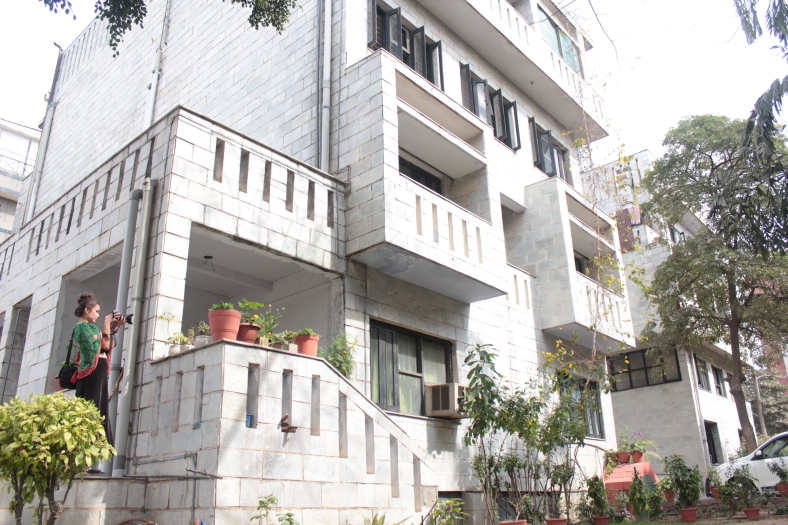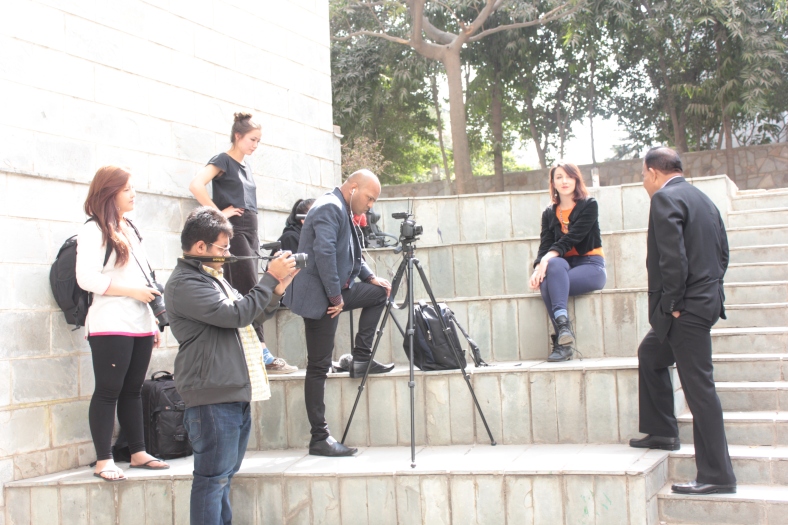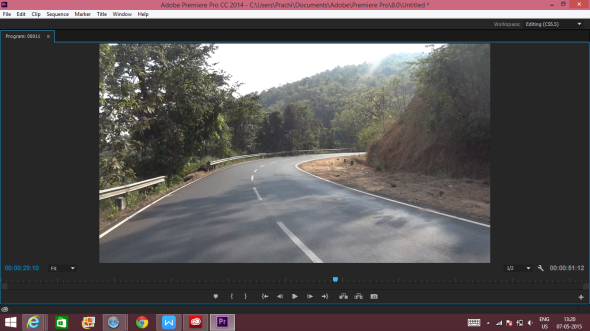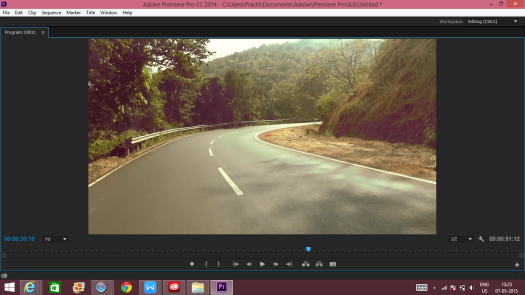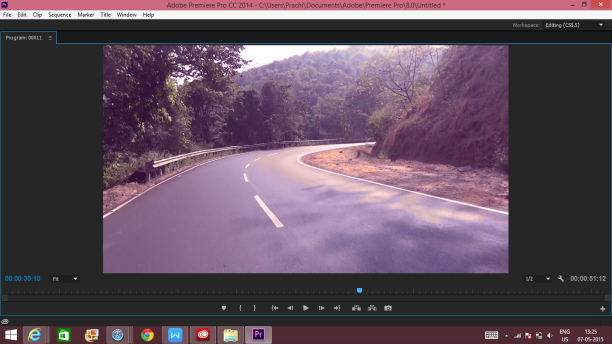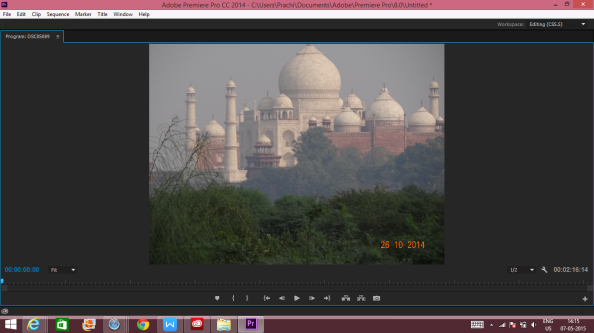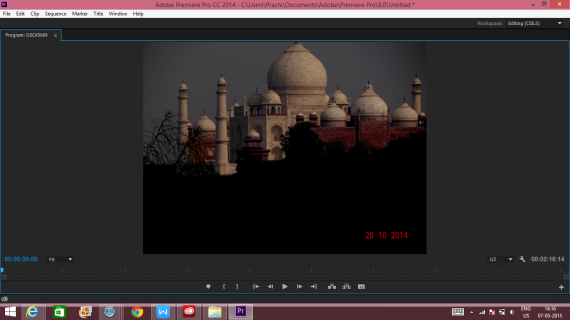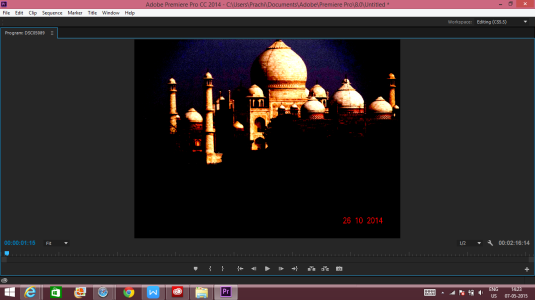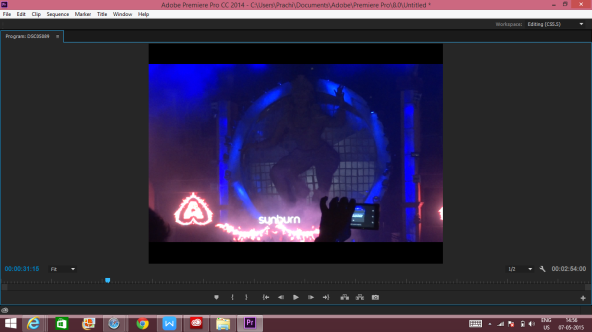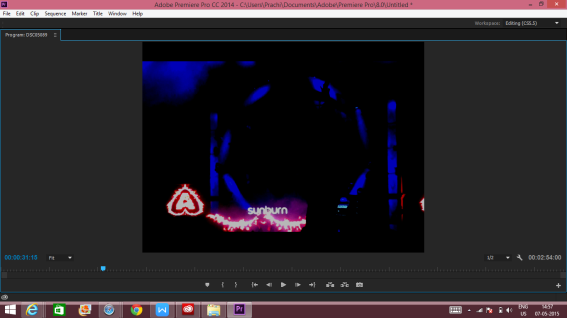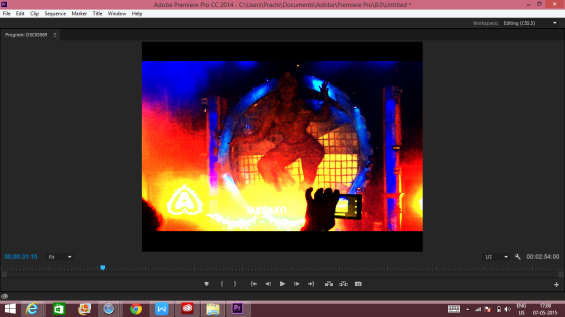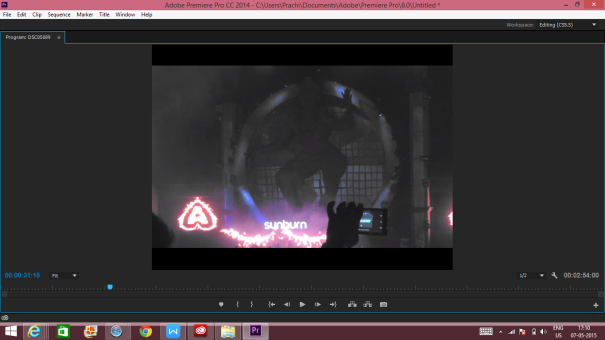Working on the Documentary with Sabine was completely different from the music videos with Alex. On Presgrave Place, I worked as the DOP as well as the sound recordist. For this project, though it’s been a success in the end, I felt we weren’t very well prepared at all. As the producer, Sabine worked hard to get as many interviews with the artists that install there as possible, but due to this everything else took a back seat.
So, for this reflection, I have talked about the positives as well as the negatives that I got out of the process and the I reflect on how I would handle these in the future.
Positives:
- The quality of the footage has been very good, with no out of focus images, good eye for details and unlike the winter project, not in one frame has any detail been lost due to lack of light. This is a big positive for me because it was the first time I handled the camera alone and I have grown in confidence and learnt a great deal from the experience – both good and bad.
- As I mentioned before, we have a lot of relevant footage and great interviews, enough to keep working on this outside of the masters degree as webisodes in the future, depending on the success of the doco.
- Team work – Sabine and I have known from semester 1 that we form a great team and have a great deal of trust between us, making the working environment fun and easy as well as very inviting for our interviewees.
- We did everything using natural lighting, which is what I had proposed and really wanted to try with this project.
Negatives:
- The lighting kept changing. Where it was great to experiment working with natural light, the sun kept changing direction or hiding behind clouds, changing the look constantly. Where this is not a completely bad thing for a realistic documentary, I would prefer to have consistency, to make post production easier and hence, use more artificial lighting.
- We forgot to change frames. All the interviewees are sitting on the left side of the frame looking towards the right diagonally, with the same background and the same frame length and depth, making the lack of change and movement very dull for a viewer.
- Bad camera. We had a Canon 5D Mark 2 which is a very frustrating camera to be using especially while shooting interviews. The main reason for this is it stops recording automatically every 10 or so minutes, which would break the interviewees answers in the middle constantly. The other is that it still uses the old block like SD cards for which we require card readers, are difficult to copy to an apple device and take ages to transfer!
- Sound was really good but being out in an open space meant we caught a lot of birds and had to constantly ask our very patient artists to repeat themselves.
Overall, I do not think any of the problems were major issues that we had to deal with but a more thorough planning in the future might be the key to making a documentary with much better quality.
